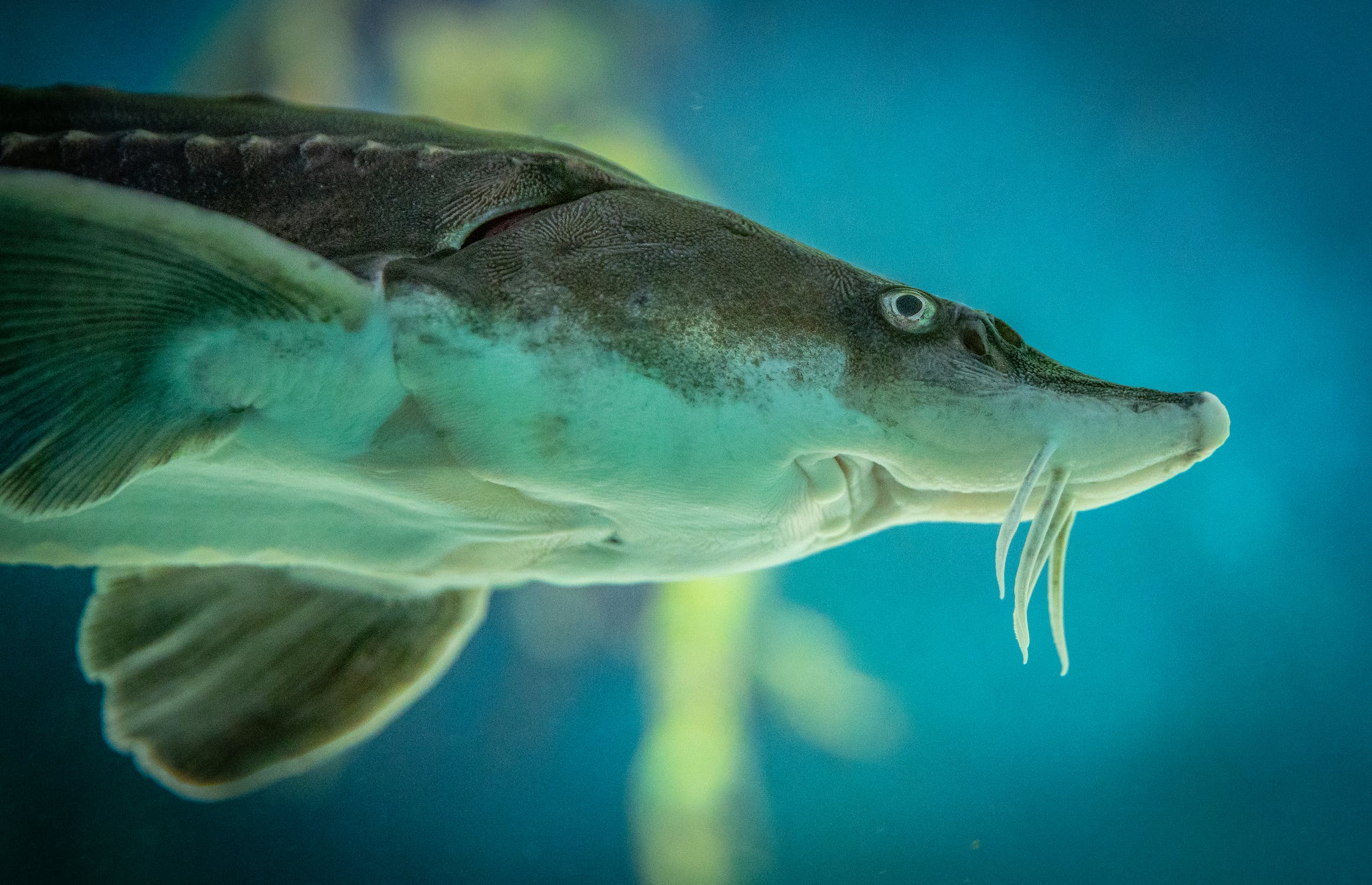People’s love of wild caviar has pushed sturgeon to the brink of extinction in Europe and as a result internationally tradeable caviar can only come from farmed fish with strict regulations in place to help protect the endangered species.
However, scientists who conducted genetic and isotope analyses on caviar samples from Bulgaria, Romania, Serbia, and Ukraine where wild sturgeon populations live have found that these regulations are actively being broken. In fact, half of the commercial caviar products they sampled came from illegal sources and some did not even contain any trace of sturgeon.
“The conservation status of the Danube sturgeon populations renders each individual important for their survival, and the observed intensity of poaching undermines any conservation effort,” the researchers stress in their paper.
In Europe four remaining sturgeon species (Beluga, Russian, stellate, and sterlet) produce much-prized caviar with wild populations of these species inhabiting the Danube River and the Black Sea. All four species have been protected since 1998 under the Convention on International Trade in Endangered Species of Wild Fauna and Flora.
Since 2000 a strict international labeling system has also been in place for all caviar products in a bid to stop the illegal trade in the eggs of the critically endangered fish. “Despite these protections, it was widely known from local anecdotal accounts that illegal poaching is still happening, even though no formal investigations had been conducted,” the scientists say.
The experts decided to locate the sources of commercially sold caviar products from native sturgeon regions by buying caviar both online and in person from a wide variety of sources, including local markets, shops, restaurants, bars, and aquaculture facilities. They also included five samples seized by authorities.
In total, the experts collected and analyzed 149 samples of caviar and sturgeon meat. Of these a fifth (21%) came from wild-caught sturgeons. Another 29% of the samples violated CITES regulations and trade laws, which included caviar that listed the wrong species of sturgeon or the wrong country of origin.
Meanwhile, another 32% of samples constituted “customer deception,” including products that were claimed to have had wild sources when in fact they originated from aquaculture. Three of the studied samples, served in “sturgeon soup” in Romania, weren’t sturgeon at all but European catfish and Nile perch, according to the experts.
“Our results indicate an ongoing demand for wild sturgeon products, which isalarming, since these products endanger wild sturgeon populations,” the researchers explain. “The persistent demand fuels poaching and indicates that consumers do not fully accept aquaculture products as a substitute. In addition, caviar being sold in violation of CITES and EU obligations questions the effectiveness of controls in general and the labeling system in particular.”
The large volume of illegal poaching could indicate that “local seafood vendors are lacking adequate income opportunities, which might increase the pressure to engage in illegal fishing activity.” In addition, a lack of effective law enforcement in these regions is another factor.
Boosting the enforcement of bans in these regions is a must if we are to save embattled sturgeon, the scientists stress. “Although poaching and illegal wildlife trade are often considered a problem in developing countries, these findings bear evidence that a high ratio of poached sturgeon products originates from EU and accession candidate states,” they note.
“The control of caviar and sturgeon trade in the EU and candidate member states urgently needs improvement to ensure that Danube sturgeon populations will have a future,” the experts say.
This story first appeared on Sustainability Times
© 2023 Sustainability Times.
This article is licensed under a Creative Commons Attribution-ShareAlike 4.0 SA International License.












